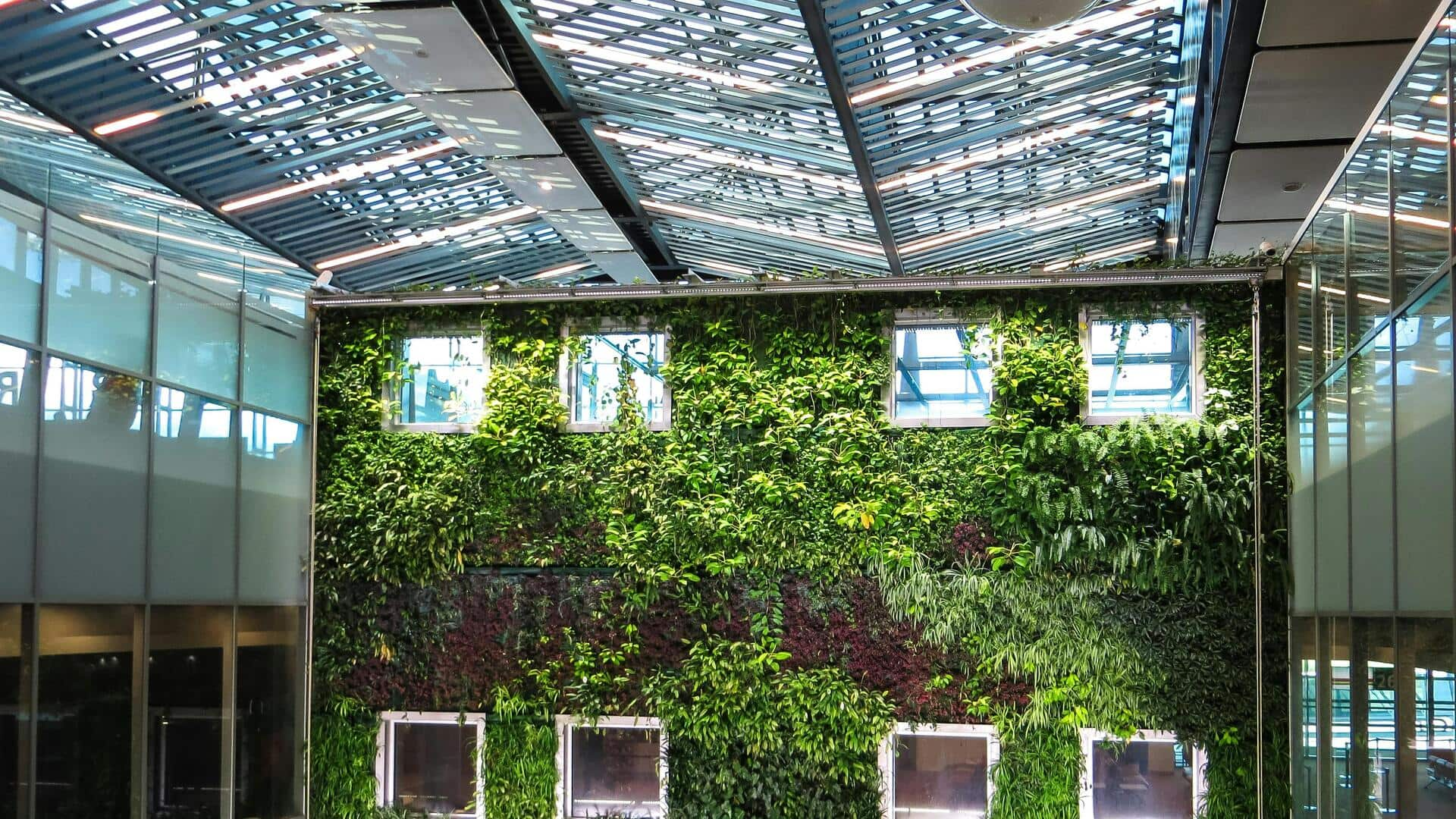
How African architects are redefining urban sustainability
What's the story
African architects are leading the charge in sustainable urban design, creating solutions that are both innovative and environmentally conscious. Their work is reshaping cities across the continent, focusing on sustainability and cultural relevance. By integrating local materials and traditional techniques, these architects are creating spaces that meet the needs of growing urban populations while preserving the environment. Here's a look at how they're redefining urban sustainability.
#1
Integrating local materials
African architects are also using locally sourced materials to cut down on carbon footprints and support local economies. By using materials like bamboo, clay, and recycled products, they create buildings that are eco-friendly and cost-effective. This not only cuts down on construction costs but also promotes the use of resources available in the area, making it a sustainable practice.
#2
Emphasizing community involvement
Community involvement is key to many African architects' projects. By involving local communities in the design process, architects ensure that the structures meet the needs of residents. This participatory approach fosters a sense of ownership and pride among community members, leading to more successful outcomes. It also helps preserve cultural heritage by incorporating traditional architectural styles.
#3
Adopting green technologies
The use of green technologies is becoming common among African architects to make urban spaces more sustainable. Solar panels, rainwater harvesting systems, and energy-efficient lighting are some of the technologies being used to minimize resource consumption. These solutions not only help in reducing environmental impact but also save costs for building occupants in the long run.
#4
Designing for climate resilience
Designing for climate resilience is critical in Africa's diverse climates. Architects are designing buildings that withstand extreme weather conditions like floods or droughts. They use techniques like natural ventilation and thermal massing to regulate indoor climates without relying on mechanical systems. This not only makes buildings more resilient but also improves occupant comfort.
#5
Promoting urban green spaces
African architects are promoting urban green spaces as part of sustainable city planning. Parks, green roofs, and community gardens not only beautify cities but also improve air quality and provide recreational opportunities for residents. These green spaces contribute to biodiversity and help mitigate urban heat island effects by providing shade and cooling effects in densely populated areas.